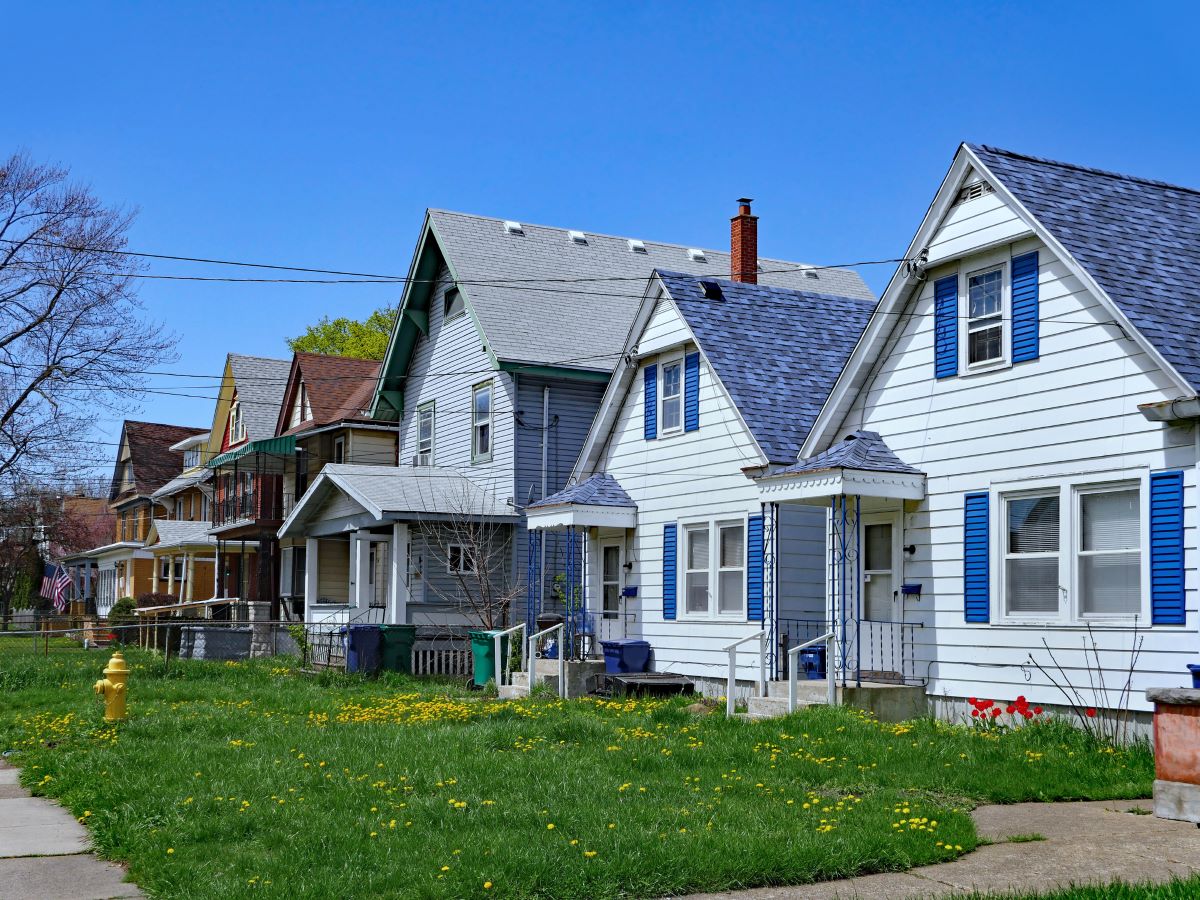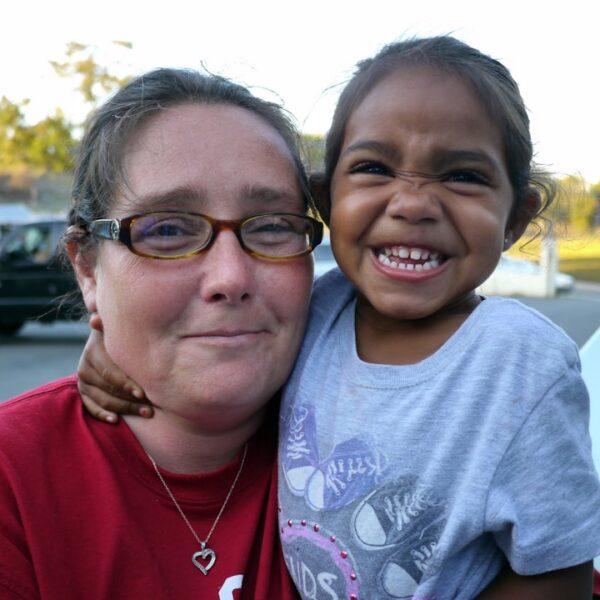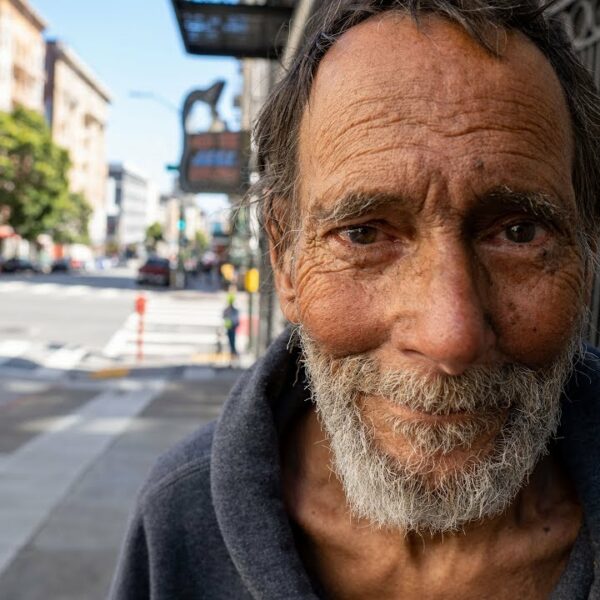A new report released by the National Low Income Housing Coalition shows there isn’t a single state with an adequate supply of affordable homes in the nation.
In a post-pandemic world filled with tension, it’s easy to see the homeless crisis. Signs of visible poverty dot rural landscapes and line city streets.
Suburban sofas host family secrets in households that have doubled up.
Tent cities emerge in neighborhood parks.
Social media platforms plaster pictures of impoverished addicts in unfavorable positions.
And even with people resilient enough to build houses with their bare hands in outdoor settings, there’s still nothing glamorous about homelessness creeping out of the shadows and standing at the very forefront of society – a force now deemed impossible to ignore.
Unfortunately, the housing crisis is much easier to hide. And hide it, they do. Mainstream media almost always dwarfs the narrative of unaffordable housing by over-reporting violence and drug abuse incidents. This distorts the public opinion about the real culprit of the homeless crisis, which is a lack of affordable housing.
Extremely Low Renter Households Outnumber Available Affordable Housing 100 to 36 Nationwide
That number reflects the national average for affordable homes. Simply put, for every 100 low-income earners in need of a home, there are only 36 homes available. This reflects an average shortage of 64 homes for every 100 people. It’s a terrifying glimpse into the housing plight of low and middle-income earners. It also aligns perfectly with the state of homelessness in each state.
For example, Vegas continues edging up the top ten list of most homeless states in the US despite being comparatively small in size. General media would point public perception toward unfavorable activity or the concept of poor decision-making. However, the truth is most homelessness here is due to an inadequate supply of affordable homes.
So, how bad is it? According to the report, across the state of Nevada, there are approximately 18 homes for every 100 households in need.
Places like California and New York, which have steadily held the top two positions for most homelessness nationwide, also line up with this report. The former only has 23 homes for every 100 vulnerable households and the latter has just 36.
Every Single State in the Nation is Short Affordable Housing
For low-income renter households, there is simply no safe place to run to find housing. While states like Nevada, New York, and Washington have a more drastic housing situation on-hand, the truth is that the lack of affordable housing exists in every corner of our nation without exception.
Also, and notedly, the shortage is acute. West Virginia currently boasts the country’s most optimistic affordable housing data, and this state only has 61 affordable housing units for every 100 renter households in need.
How a Lack of Affordable Housing Causes Homelessness
“When housing prices force typical households to spend more than 32 percent of their income on rent, those communities begin to experience rapid increases in homelessness.”
Joy Moses of End Homelessness
A lack of affordable housing leads unemployment, poverty, and inadequate wages in the top four root causes of homelessness. However, these components all work together, like parts of an engine to fuel the homeless crisis.
Under the hood of homelessness, you can see each part churning. Wage gains go down. Inflation goes up. Middle-wage workers, experiencing the most pressure, search high and low for affordable places to live.
These numbers reflect the fact that such a search is futile. It isn’t that people aren’t working hard enough or looking long enough or achieving the perfect balance between adequate education and college loan debt (Is there one?).
In reality, the simplest explanation is also the right one in this case. The thing they seek is nowhere to be found because, under the current oppressive state of the world, it does not exist.
When Building a Brighter Future, ‘Building’ is the Operative Word
The solution to the entire homeless crisis is housing. While access to housing deserves some attention, while programs and services can play an important role in curbing the crisis once and for all, these solutions are still secondary. We still cannot solve the homeless crisis if we don’t build housing in some way, shape, or form.
Creative concepts like converting abandoned homes, buildings, and shopping malls could be instrumental in urban planning. Traditional construction is also a viable alternative. When it comes to skyscrapers, the sky is the limit, even when zoning is an ever-looming obstacle.
The only thing we can’t afford to do is nothing at all – Is that what you’re doing right now?
Talk to Your Legislators About Building More Affordable Homes
Recently, the prospect of constructing affordable homes has become a political talking point. However, some legislators would rather criminalize poverty instead. Let your legislators know which side of that fence you stand on – the side with our unhoused neighbors, the side that makes housing a human right.













